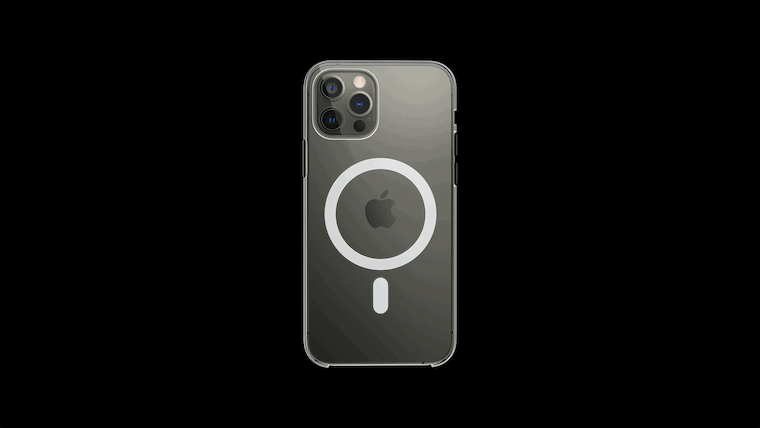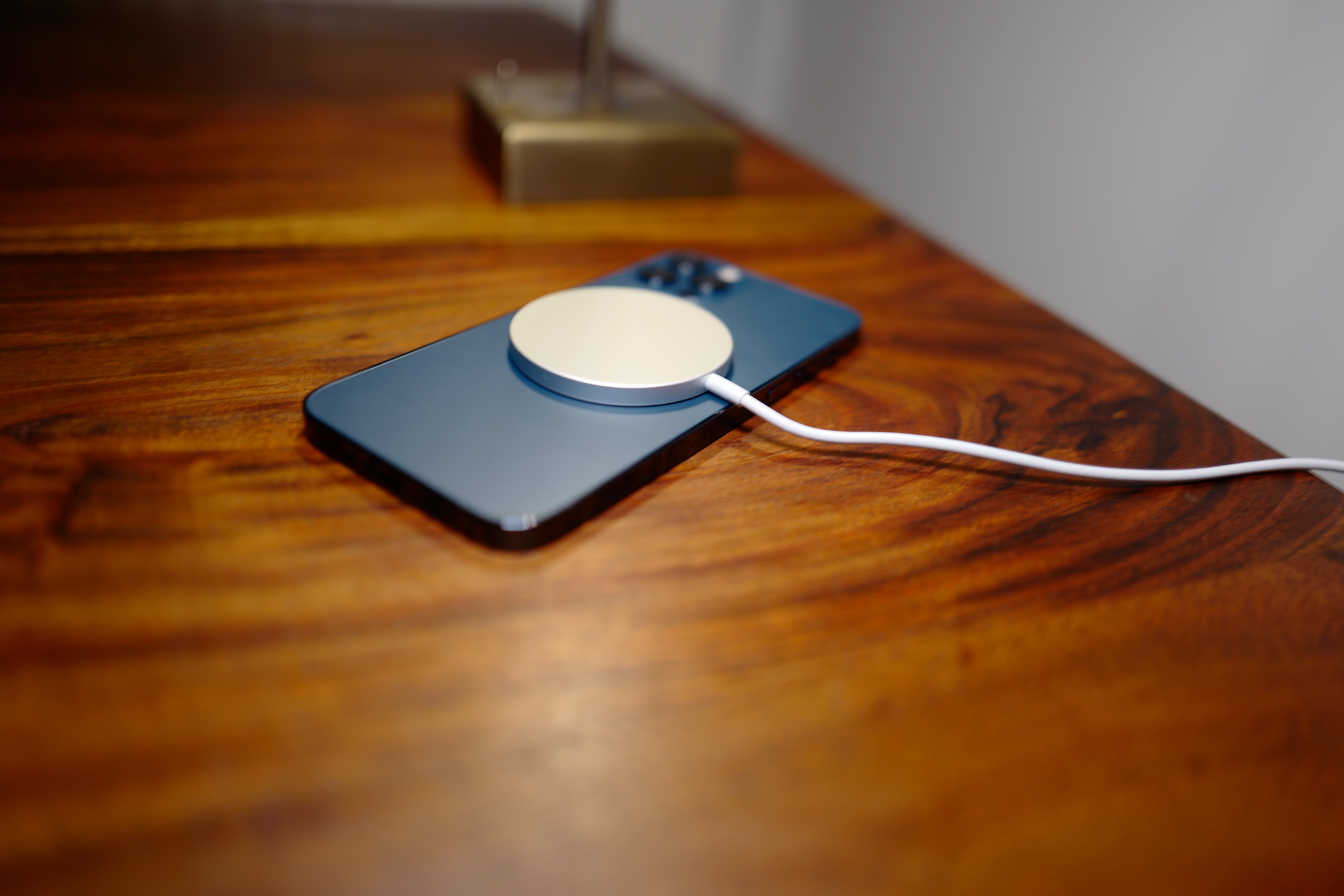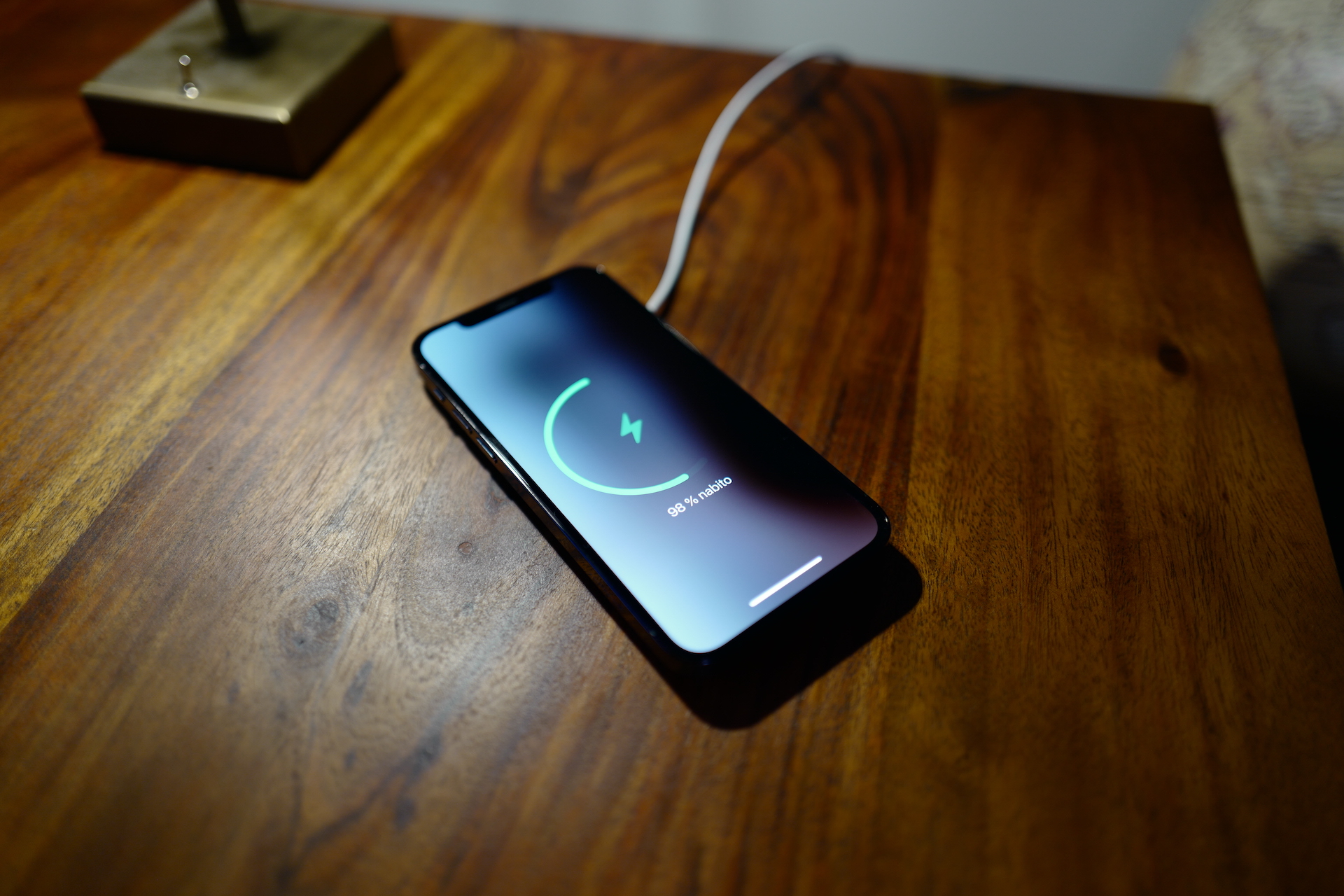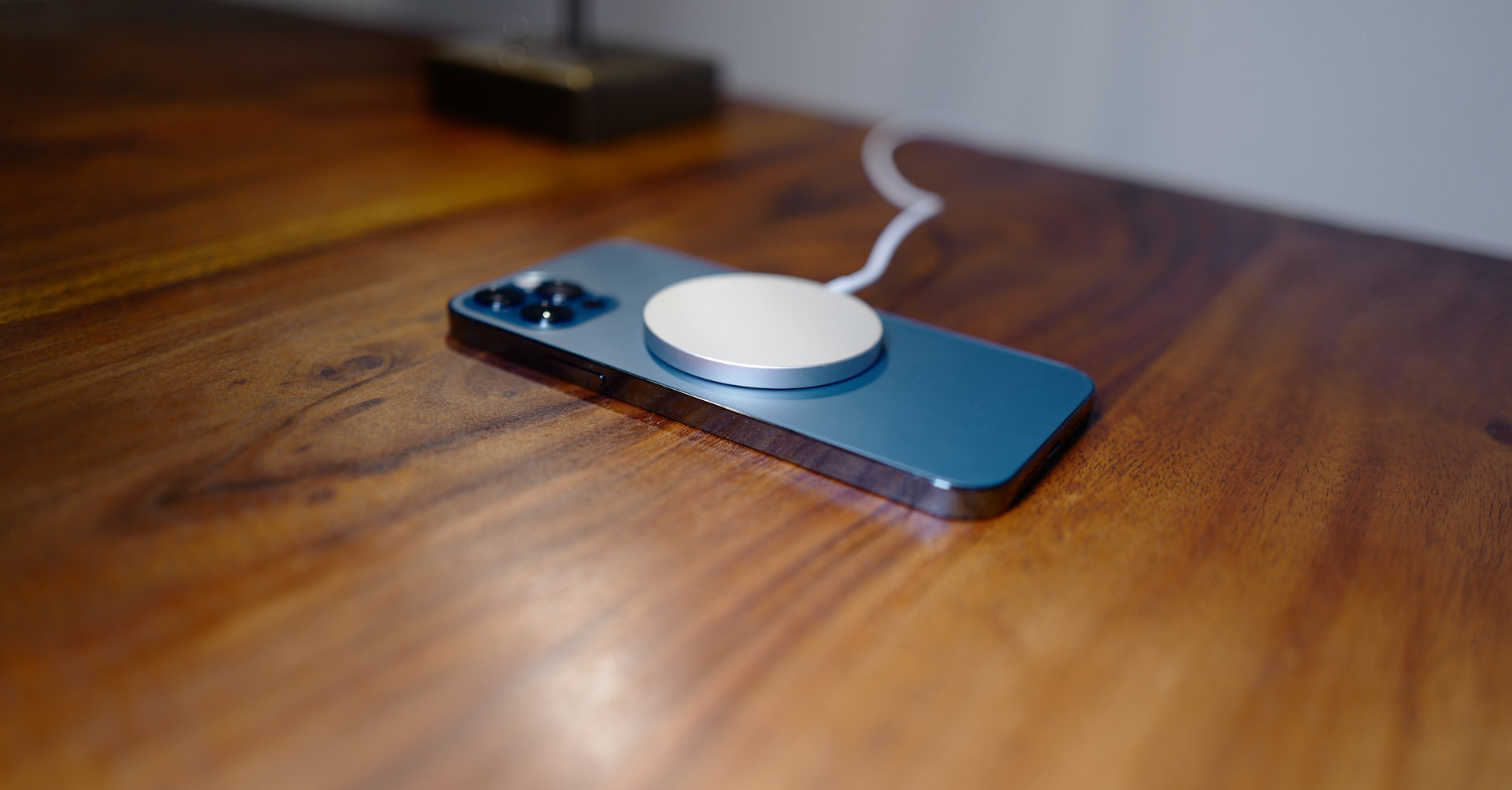For several years now, in the case of Apple phones, there has been talk of a transition from the current Lightning connector to the significantly more widespread and faster USB-C. The apple growers themselves began to call for this change, for a relatively simple reason. It was precisely on USB-C that the competition decided to bet, thereby obtaining the aforementioned benefits. Subsequently, the European Commission intervened. According to her, a uniform standard should be introduced - that is, that all phone manufacturers start using USB-C. But there is a catch. Apple doesn't really want to make such a change, which could change relatively soon anyway. The European Commission has presented a new legislative proposal and it is highly likely that an interesting change will come soon.
Why Apple is keeping Lightning
The Lightning connector has been with us since 2012 and has become an inseparable part not only of iPhones, but also of other Apple devices. It was this port that was considered one of the best at the time, and it was also much more suitable than, for example, micro-USB. Today, however, USB-C is at the top, and the truth is that it outperforms Lightning in practically everything (except durability). But why is Apple even now, almost at the end of 2021, relying on such an outdated connector?
It could be interest you
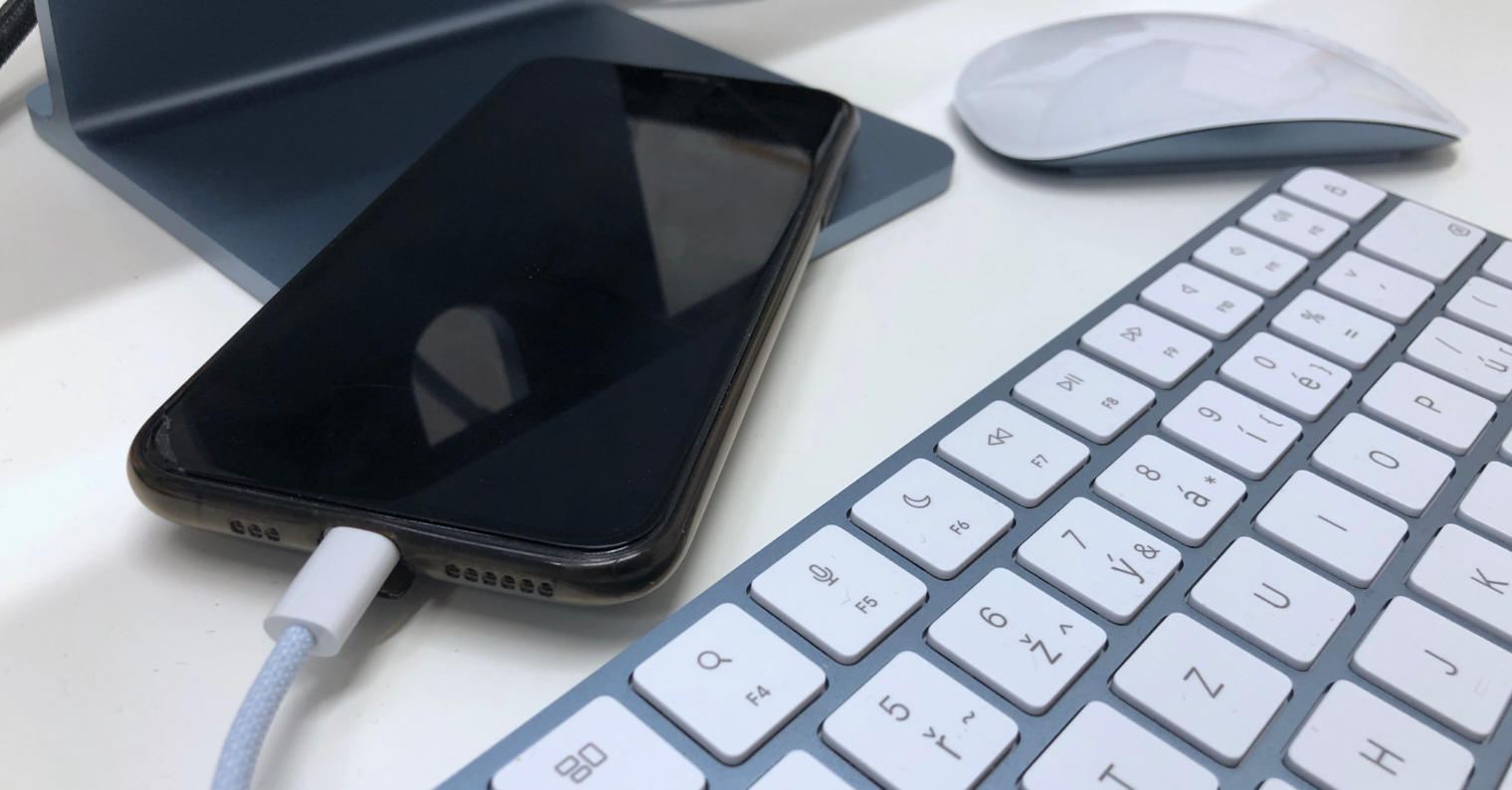
At first glance, it may seem that even for the Cupertino giant itself, the transition to USB-C should only bring benefits. iPhones could theoretically offer significantly faster charging, they would be able to cope with interesting accessories and form. However, the main reason cannot be seen at first glance - money. Since Lightning is an exclusive port from Apple and the giant is directly behind its development, it is clear that the company also benefits from sales of all accessories using this connector. A relatively strong brand called Made for iPhone (MFi) has built up around it, where Apple sells the rights to other manufacturers to produce and sell licensed cables and other accessories. And since this is the only option for, for example, iPhones or basic iPads, it is clear that relatively decent money will flow from sales, which the company would suddenly lose by switching to USB-C.
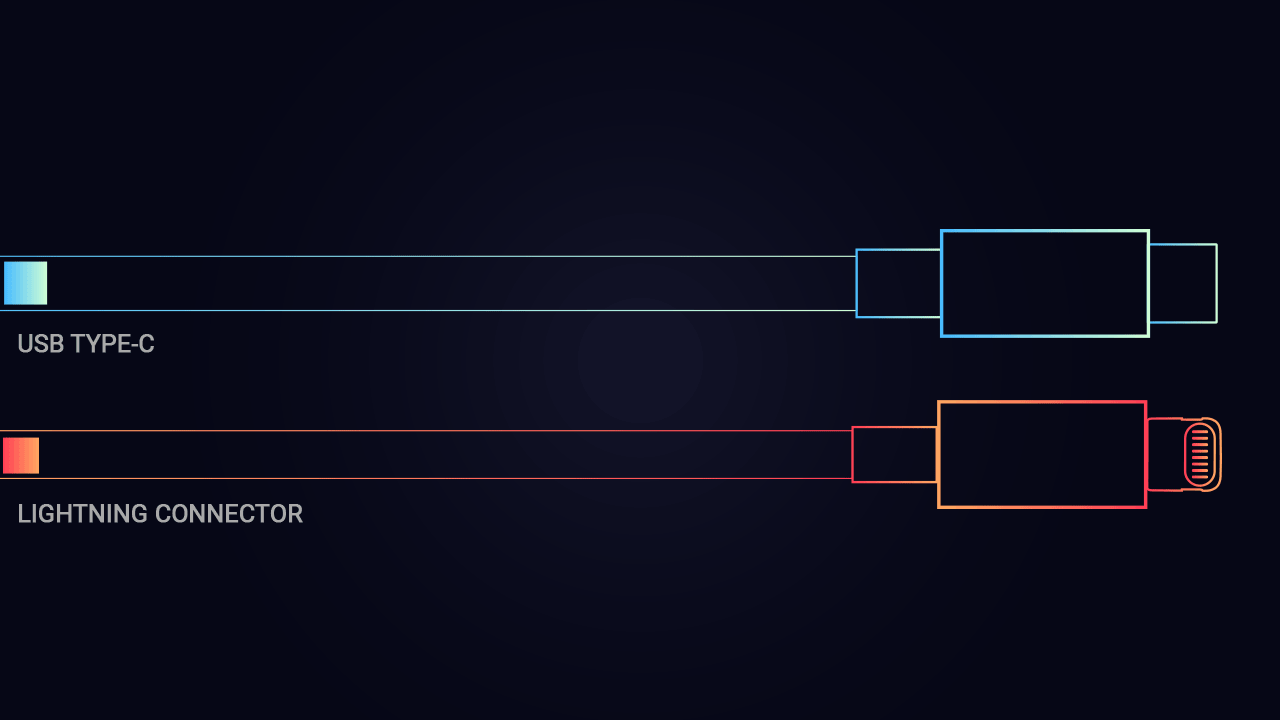
Nevertheless, we must point out that, despite this, Apple is slowly moving to the aforementioned USB-C standard. It all started in 2015 with the introduction of the 12″ MacBook, which continued a year later with additional MacBook Air and Pro. For these devices, all ports have been replaced by USB-C in combination with Thunderbolt 3, which can provide not only power, but also the connection of accessories, monitors, file transfer and more. Subsequently, "Céčka" also received iPad Pro (3rd generation), iPad Air (4th generation) and now also iPad mini (6th generation). So it is clear that in the case of these more "professional" devices, Lightning simply wasn't enough. But is the iPhone facing a similar fate?
The European Commission is clear about this
As we have already mentioned above, the European Commission has been trying for a long time to make a legislative change, thanks to which all manufacturers of smaller electronics, which applies not only to mobile phones, but also to tablets, headphones, cameras, portable speakers or portable consoles, for example. Such a change was supposed to come already in 2019, but due to the ongoing covid-19 pandemic, the entire meeting was postponed. After a long wait, we finally got more information. The European Commission presented a legislative proposal according to which all the mentioned electronics sold in the territory of the European Union must offer a single USB-C charging port, and after possible approval, manufacturers will have only 24 months to make the necessary changes.
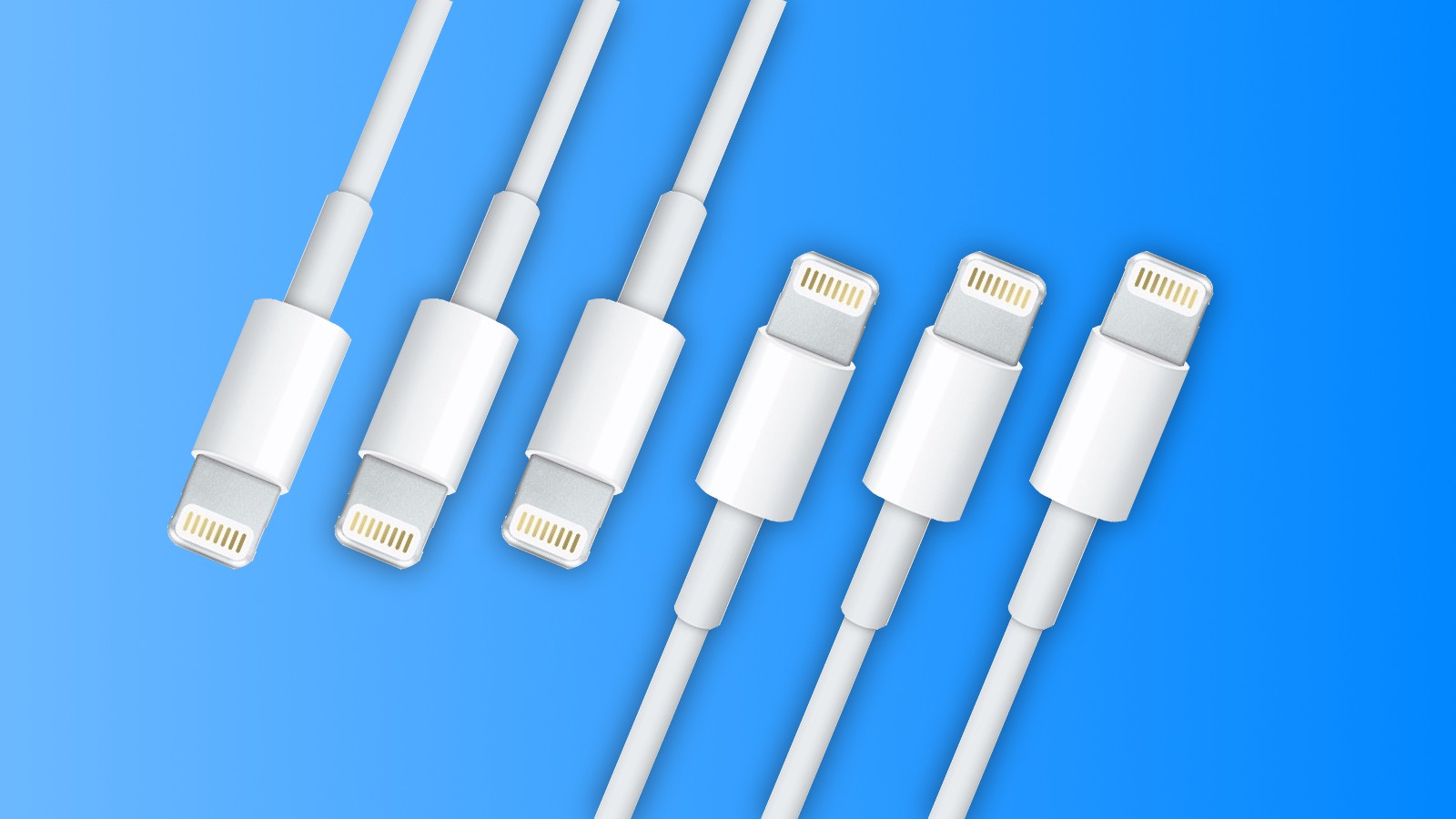
At the moment, the proposal is therefore being moved to the European Parliament, which must discuss it. However, since the European authorities have been trying to do something similar for a long time, it is highly likely that the subsequent discussion, approval and adoption of the proposal will only be a formality and, in theory, may not even take that much time. Once adopted, the proposal will enter into force throughout the EU from the date indicated in the Official Journal.
How will Apple respond?
The situation around Apple seems to be relatively clear in this regard. For a long time, it has been said that rather than the Cupertino giant abandoning Lightning and replacing it with USB-C (for its iPhones), it would rather come with a completely portless phone. This is also perhaps the reason why we saw a novelty in the form of MagSafe last year. Although this function looks like a "wireless" charger at first glance, it is possible that in the future it could also take care of file transfer, which is currently the main stumbling block. Leading analyst Ming-Chi Kuo reported something similar years ago, who shared the idea of an Apple phone without any connector.
MagSafe can become an interesting change:
However, no one can say for sure what path the Cupertino giant will take. In addition, we still have to wait for the completion of the complete legislative process on the soil of the European Union, or until the moment before the proposal even comes into effect. Purely theoretically, it could also be pushed back again. What would you most like to welcome? Keeping Lightning, switching to USB-C, or a completely portless iPhone?
